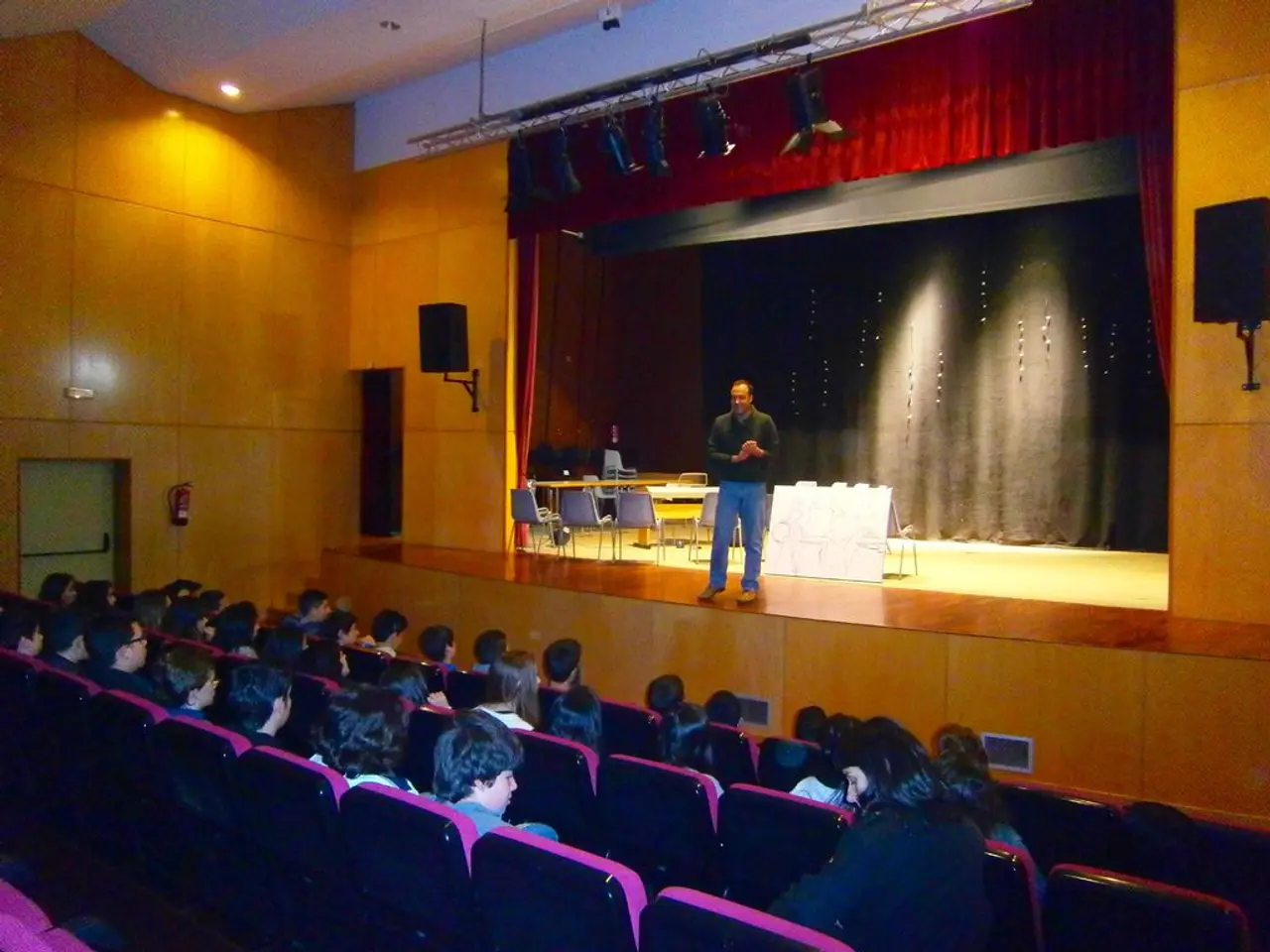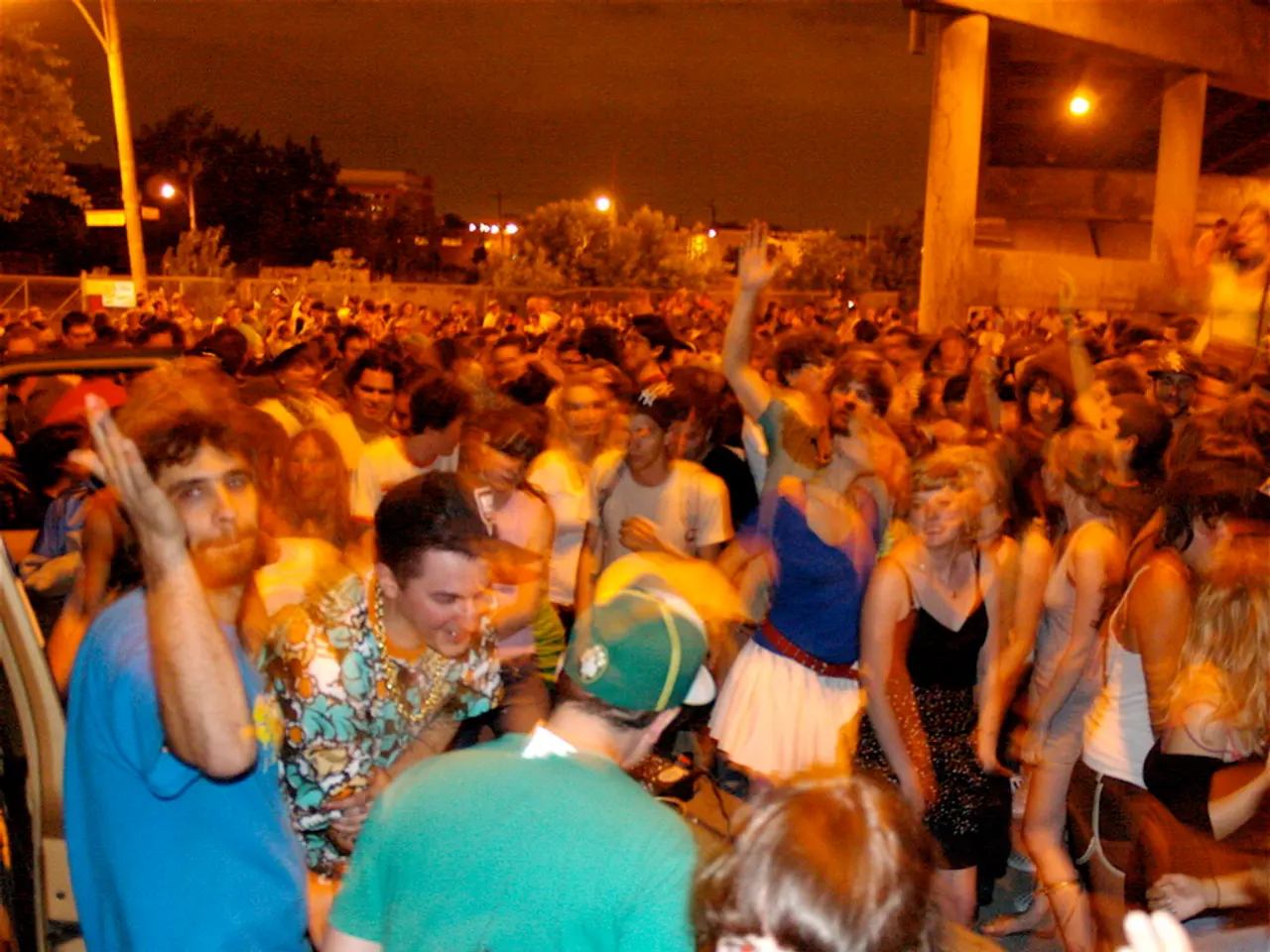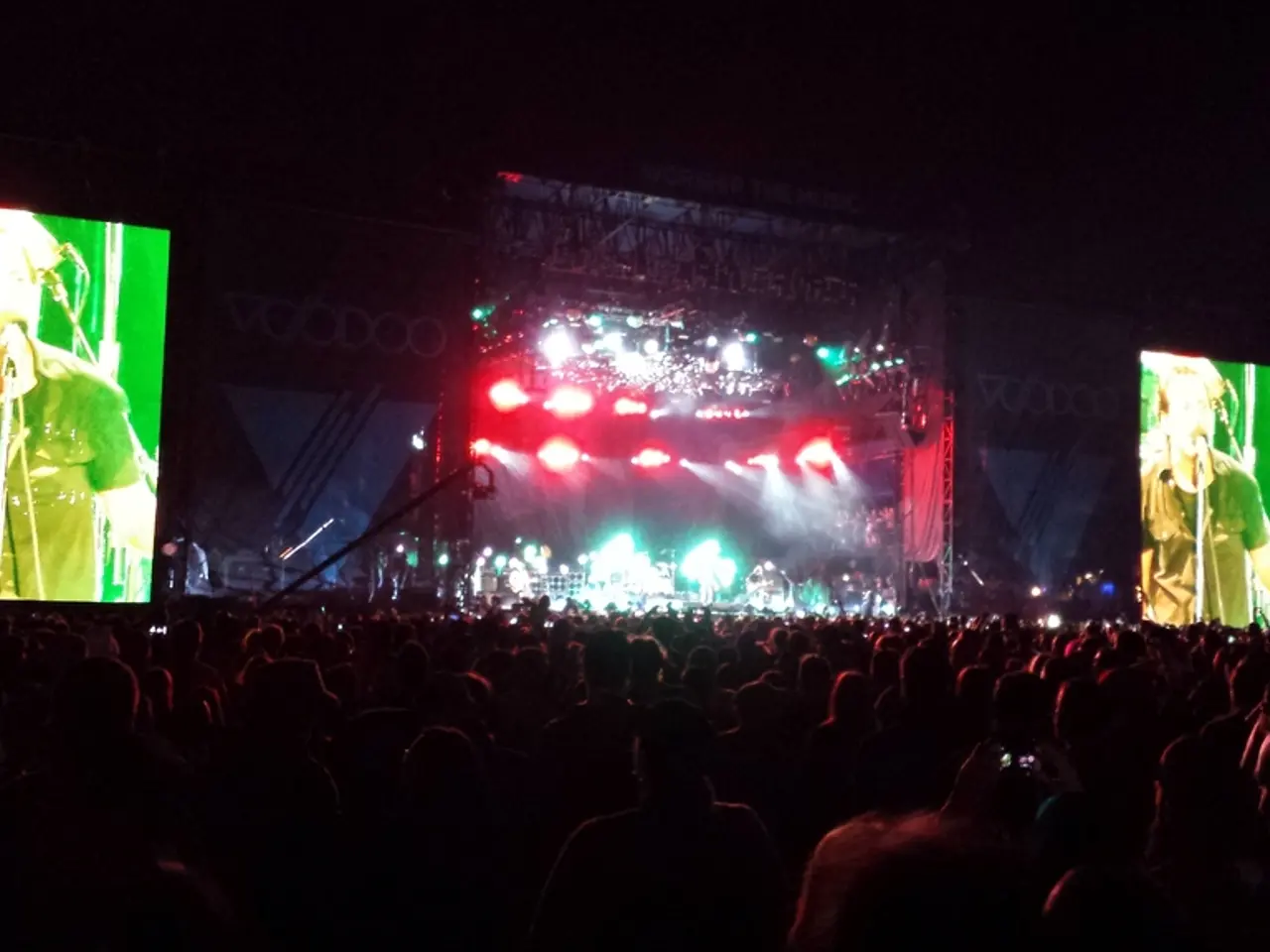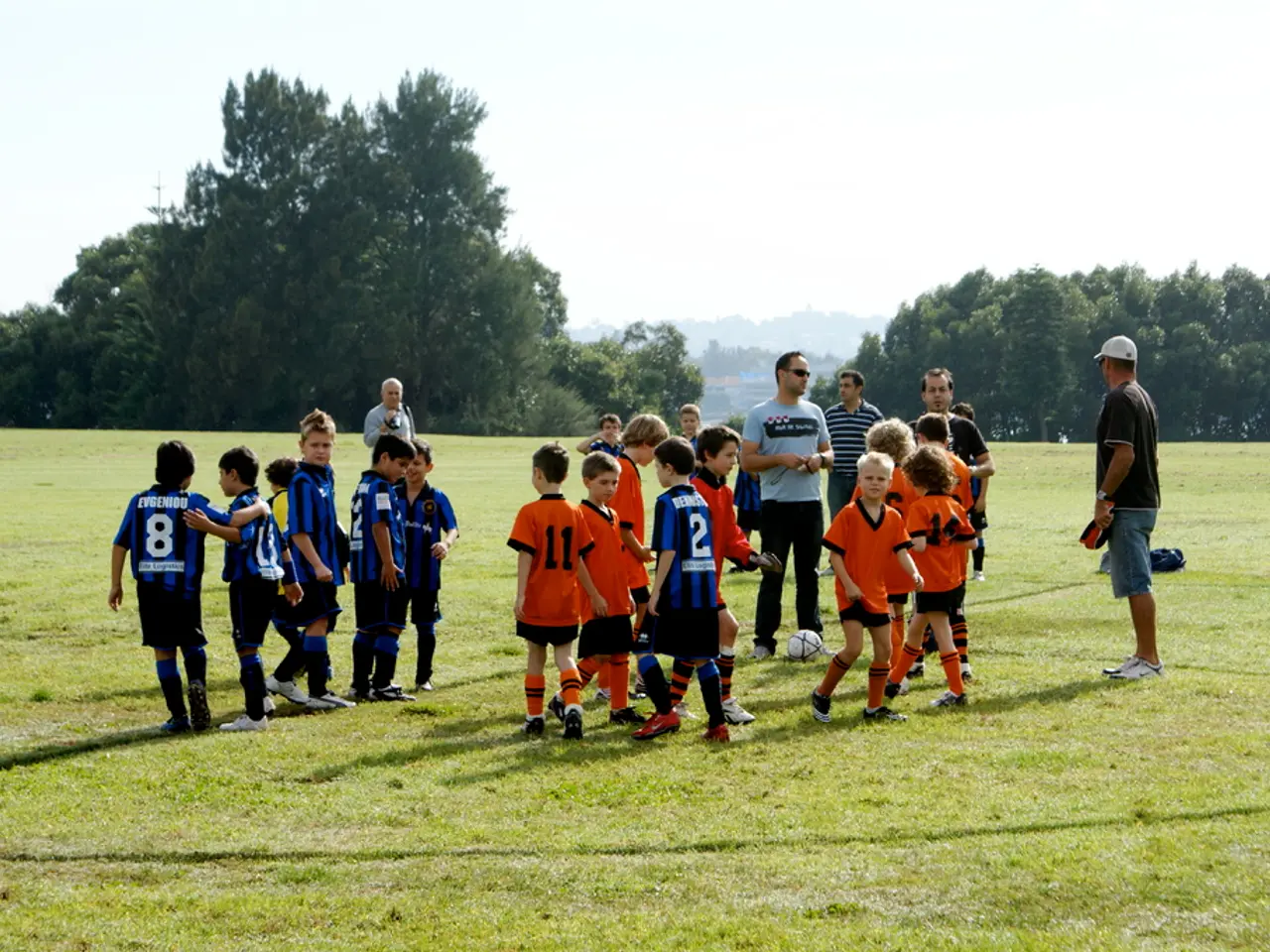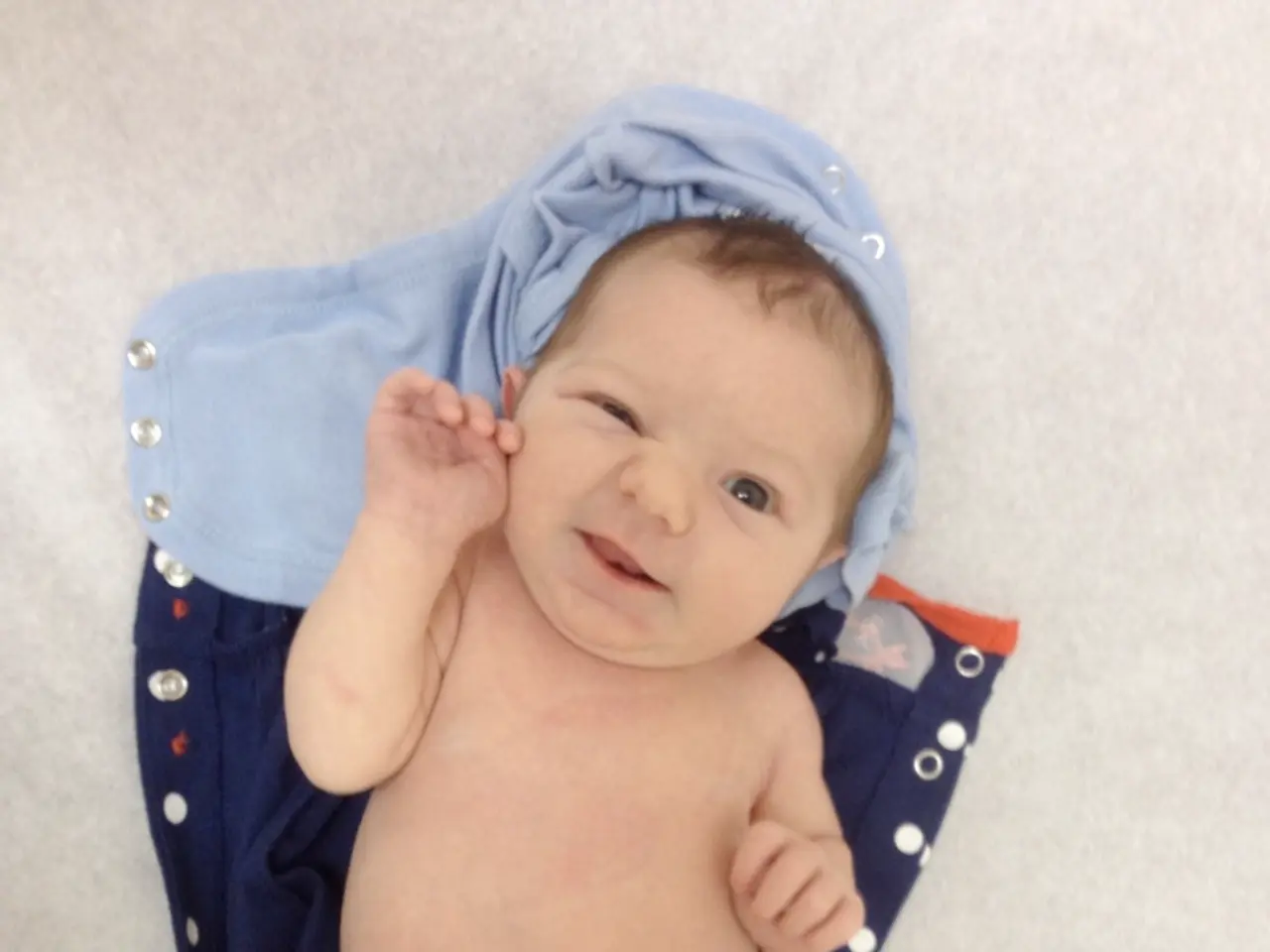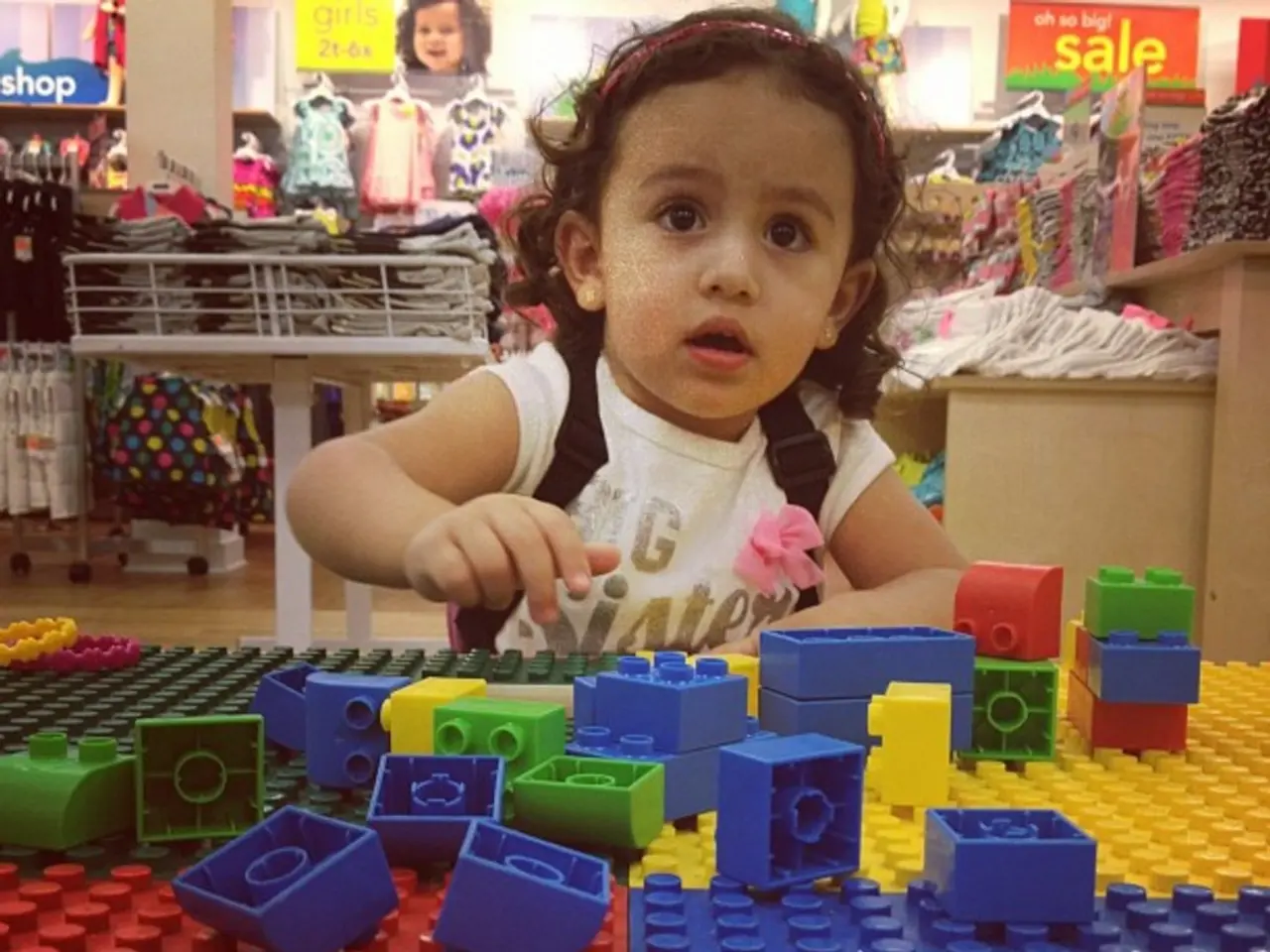Charity event involving nine fatalities preceded Sean 'Diddy' Combs' sex trafficking trial, with the infamous event sparking accusations against him.
In a tragic turn of events, the City College of New York gymnasium was the site of a fatal crowd crush during a charity basketball game promoted by Sean "Diddy" Combs on December 28, 1991. Nine people lost their lives, and 29 others were injured as the crowd surged forward, causing asphyxiation fatalities [1][3][4][5]. The event, which was intended to raise funds, saw nearly 5,000 people attempting to enter a gymnasium with a maximum capacity of approximately 2,730 people [2].
The tragedy led to a mayoral report that placed some blame on poor planning and crowd control related to the event [3][5]. However, the publicly available sources do not indicate that Combs faced formal criminal charges or civil lawsuits in connection with this tragedy [6].
Charrisse Miles, a witness to the event, recalls seeing Combs running past her during the stampede. Miles believes that Combs, who was well-known and respected by young people at the time, could have used his celebrity status to calm the crowd [7].
Jason Swain, a victim's brother, expressed his disappointment that Combs has never accepted full responsibility for the deaths at City College. Swain stated that the victims were "tucked under a rug and left voiceless" [8]. These sentiments were shared by survivor Charrisse Miles, who finds little solace in Combs' recent conviction on charges of transportation to engage in prostitution [9].
In his Grammy award-winning "No Way Out" album, Combs briefly mentioned the City College victims in a song titled "Pain" [10]. Despite this acknowledgement, questions remain about Combs' role in the tragedy and whether he could have done more to prevent it.
References: [1] https://www.nytimes.com/1991/12/30/nyregion/9-dead-in-city-college-stampede.html [2] https://www.nytimes.com/1991/12/29/nyregion/at-city-college-a-stampede-kills-9-and-injures-29.html [3] https://www.nytimes.com/1992/01/16/nyregion/report-finds-failures-in-planning-for-city-college-event.html [4] https://www.nytimes.com/1991/12/31/nyregion/stampede-at-city-college-cause-of-death-for-each-victim-asphyxia-due-to-compression-of-the-chest-no-broken-bones-were-found-in-any-of-the-deceased.html [5] https://www.nytimes.com/1992/01/18/nyregion/city-college-stampede-inquiry-finds-that-event-was-oversold.html [6] https://www.nytimes.com/1991/12/30/nyregion/9-dead-in-city-college-stampede.html [7] https://www.nytimes.com/1991/12/30/nyregion/9-dead-in-city-college-stampede.html [8] https://www.nytimes.com/1991/12/30/nyregion/9-dead-in-city-college-stampede.html [9] https://www.nytimes.com/1991/12/30/nyregion/9-dead-in-city-college-stampede.html [10] https://www.nytimes.com/1992/03/29/arts/music-review-diddy-s-no-way-out-an-album-that-is-hard-to-take-seriously.html
- Despite the tragic crowd crush during a charity basketball game promoted by Sean "Diddy" Combs, general-news sources do not indicate that he faced formal criminal charges or civil lawsuits in connection with the event.
- Charrisse Miles, a witness to the City College of New York gymnasium tragedy, believes that Diddy Combs, as a well-known celebrity at the time, could have used his influence to calm the crowd and potentially prevent the deaths, yet he has never accepted full responsibility for the incident.


